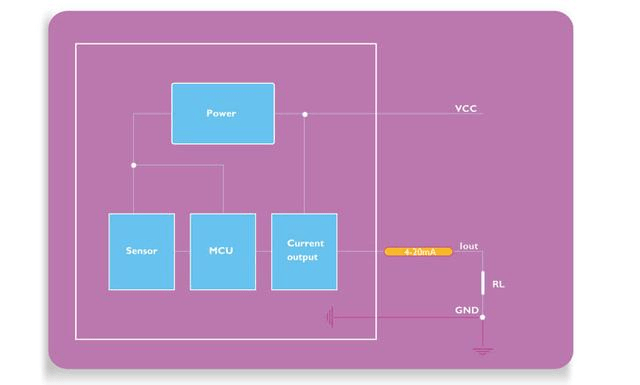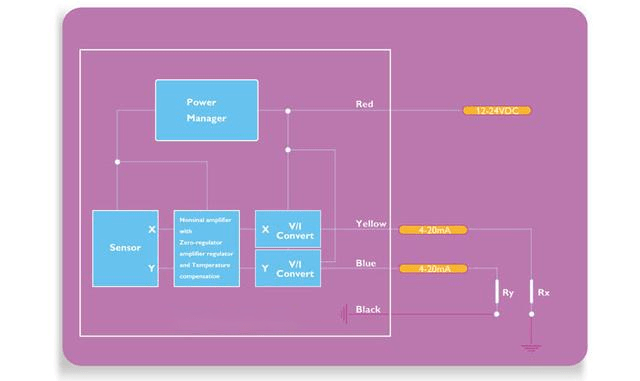Tilt sensors are real-time measurements of the eye in solar photovoltaic tracking systems.
Solar power generation, divided into solar photovoltaic power generation and solar thermal power generation two, the current development of solar photovoltaic power generation faster, more rapid, is a rapid development of the field, currently China, the United States, Europe, Japan, India, Australia and other countries, the rapid development, Ericco has developed more than a dozen different types of tilt sensors for photovoltaic tracking systems to meet customers in different countries.
Solar photovoltaic tracking system composition:
1. Solar photovoltaic tracking system is generally composed of tilt sensor, motor, worm gear and controller. According to the specific application, solar photovoltaic tracking system is divided into horizontal single-axis photovoltaic tracking system, oblique single-axis photovoltaic tracking system, two-axis photovoltaic tracking system, which can not only comprehensively improve the power generation of the power station, but also adapt to local conditions, and better adapt to various complex terrain and application scenarios.
2. The solar photovoltaic tracking system needs to adjust the tilt angle of the solar photovoltaic panel, so that the solar photovoltaic panel can be adjusted in time according to the changes in the movement of the sun, so that the sun rays are always vertically illuminated on the solar photovoltaic panel to obtain the maximum solar radiation.
3. Although the angle of the sun varies widely during the day, the angle of the sun is almost constant at a certain time. The system can calculate the local sun's orientation and angle information every day of the year according to the local latitude and longitude, and the information is stored in the controller's software, so that the angle information of the photovoltaic panel measured by the inclination sensor can be compared with the angle information of the sun stored by the controller, and then the control motor can adjust the photovoltaic panel at that time for the best position.
4. The ER-TS-3160VO tilt sensor, as the eye of real-time measurement in the solar photovoltaic tracking system, is one of the key equipment to optimize the solar reception rate. The accuracy of the inclination sensor has certain requirements, Ericco self-developed inclination sensor is currently on the market has been mature application in a number of solar photovoltaic projects, the use of industrial devices stable performance, high reliability, and with anti-touch, anti-misconnection protection function, anti-wind sand, anti-salt spray anti-ultraviolet, Fully consider the complex application scenarios of solar photovoltaic.
If you want to learn more about MEMS tilt sensors or buy tilt sensors
Please contact me in the following ways:
Email: info@ericcointernational.com
Whatsapp: 173 9198 8506






.jpg)
